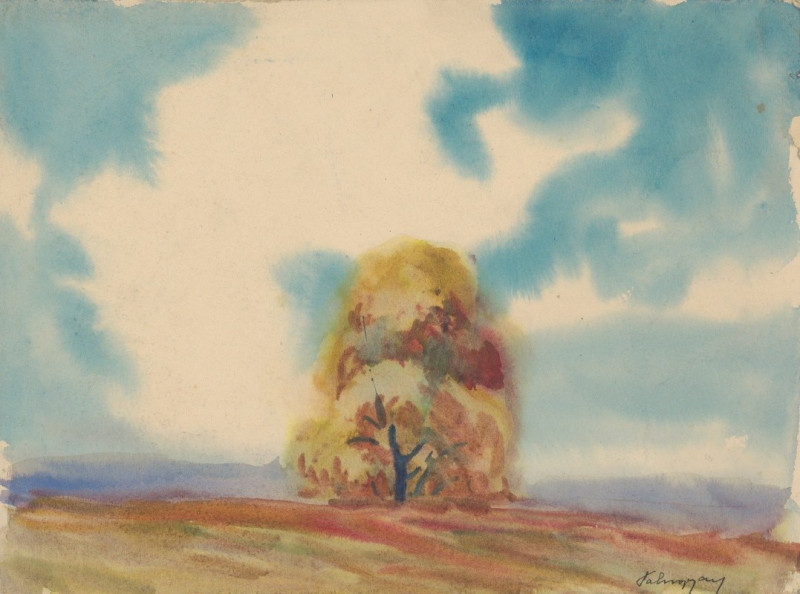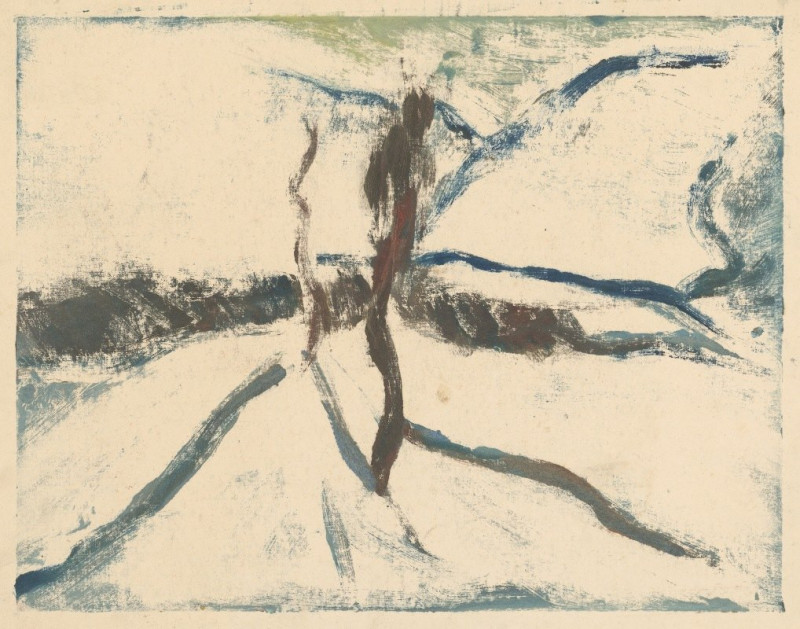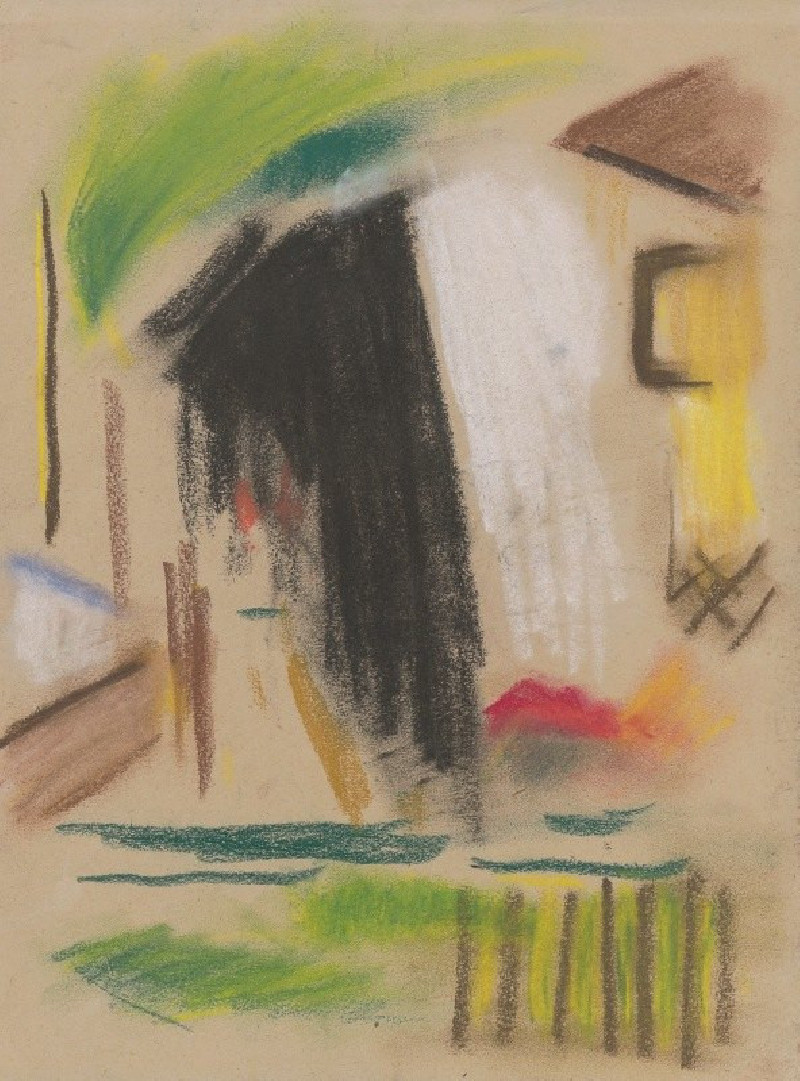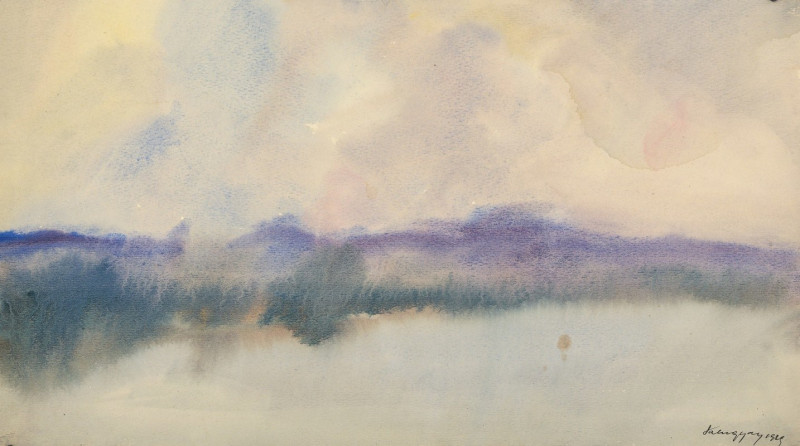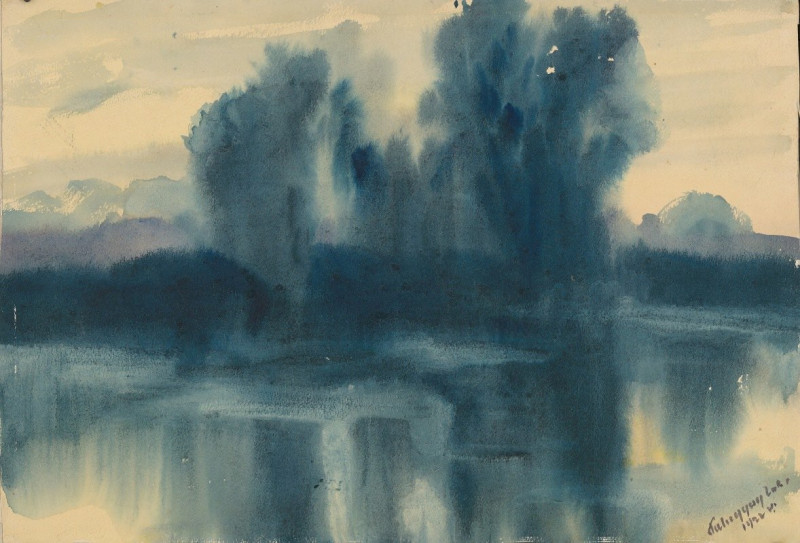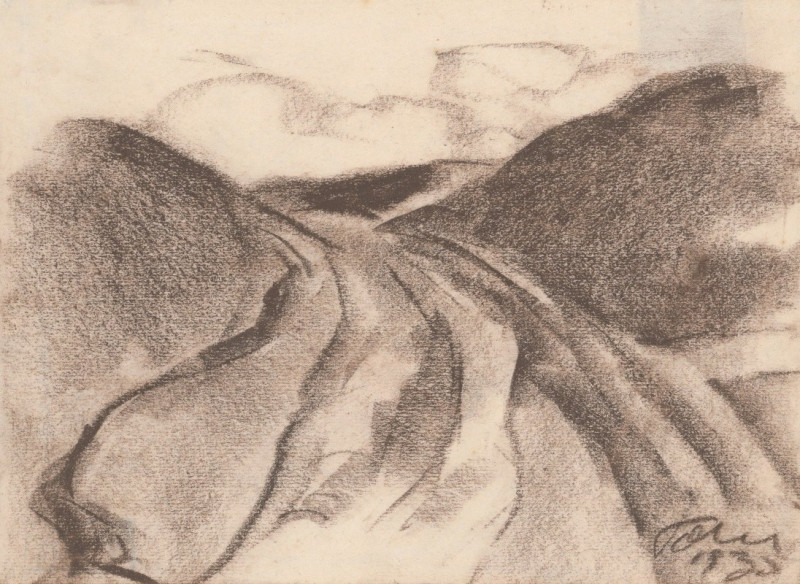Still life (1931)
Technique: Giclée quality print
Recommended by our customers
More about this artwork
Zolo Palugyay’s painting, "Still life" (1931), is a captivating example of early 20th-century abstract art, demonstrating the artist's unique ability to translate traditional subjects into abstract compositions. This painting portrays common still life elements, yet, it is the execution and the abstraction that draw the viewer's attention.The artwork features what appears to be a jug or vase at its center, surrounded by ambiguous forms that could be interpreted as furniture or background elements. The use of bold, expressive strokes and a confined color palette of earthy tones, blues, and whites lends a sense of both depth and mystery to the scene. Palugyay’s technique involves thick, textured brushwork that adds a tangible quality to the abstract shapes, suggesting a dynamic interplay between light and shadow."Still life" (1931) is an excellent example of how Palugyay pushed the boundaries of traditional still life painting towards abstraction. The painting invites viewers to explore their perceptions and perhaps question the nature of the objects depicted. It is a testament to the artist’s skill in using color and form to evoke emotion while departing from realistic representation.This piece is not just a visual experience but an intellectual journey, encouraging personal interpretation and a deeper appreciation of abstract art’s potential to communicate beyond the obvious visual cues.





